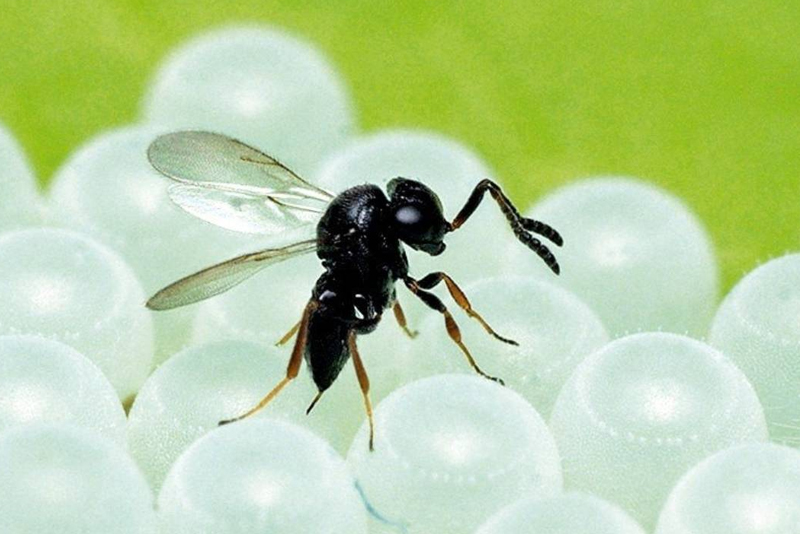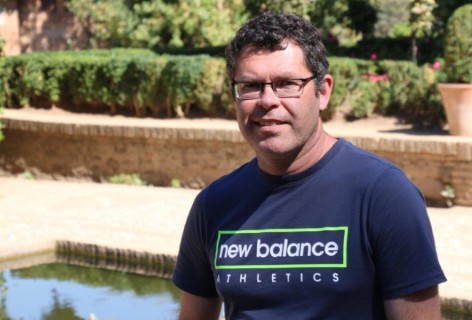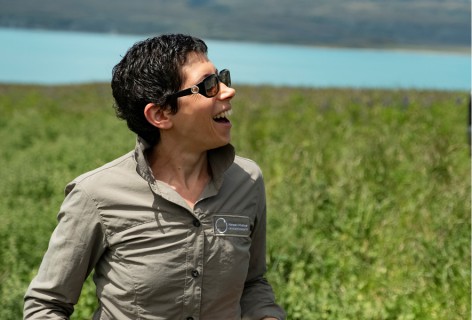Darren Ward and Quentin Paynter have been funded through Better Border Biosecurity (B3) to assess the non-target impact of biocontrol agents used in New Zealand over the past 100 years to control insect pests. The work will provide the EPA with information when assessing future applications for the release of biocontrol agents, and for the Ministry for Primary Industries (MPI) in advance of a future incursion by insect pest species that could have wide-ranging impacts on native plants, the natural estate, and primary industries. The project finishes next year and has so far found that the vast majority of biocontrol agents used have had minimal negative impact on non-target species. As part of the wider project, the B3 team is exploring the safety of Trissolcus japonicus (samurai wasp) as a biocontrol agent against the brown marmorated stink bug and how the wasp might affect a New Zealand native stink bug.
Ronny Groenteman is leading B3 research to better prepare New Zealand for an incursion of the devastating bacterial plant pathogen Xylella fastidiosa. Almost a decade ago Ronny and her Manaaki Whenua colleagues collected samples from New Zealand native trees growing in botanic gardens in California, where Xylella has devastated a wide range of crops such as citrus and grapevines. They found Xylella present in these offshore natives, but not always causing disease symptoms. To solve this mystery and help New Zealand prepare for a possible Xylella incursion, Ronny and the B3 team are sourcing samples of the same natives in California again to sequence the pathogen subtypes and their relative effects on our taonga plants. The research makes use of an international network of botanic gardens, called the sentinel plant network, whereby the impact of biosecurity threats can be studied on our plants offshore. The researchers will also try to develop a test to quickly determine the subtype of Xylella from a small quantity of genetic material. This will help agencies such as MPI to quickly adjust their response to an incursion based on the subtype information. Another B3 project is looking at insects present in New Zealand, native and exotic, that can spread Xylella and their movement between sensitive crops and the surrounding vegetation.



